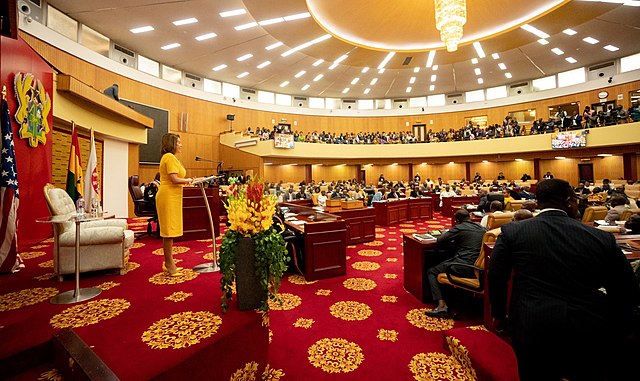
I woke up a few weeks ago after setting my clock back an hour for the end of daylight saving time (DST). It seemed great to have an extra hour of sleep, even though I knew it meant losing an hour of sleep in a few months. However, the temporary benefits of the day soon gave way to its drawbacks. Most notably, it became a pain to plan my evenings due to the much earlier nightfall. The sky would turn dark before it was even 5 p.m. As someone who generally wakes up late anyway, it now seemed like a full extra hour of my day was gone due to the earlier sunset.
Of course, it’s true that any time lost is later made up for by the nature of the biannual offset. However, when looking at the non-numerical costs, it becomes apparent that DST causes quite a few issues. Because DST just ended, we’ve become accustomed to having it for nine months of the year, and when it’s reverted for the remaining three months, the sudden transition feels jarring. For one, there is the aforementioned difficulty adjusting to the sunset time. The shorter days during the winter may also contribute to seasonal affective disorder; some people have even recommended inverting DST so that the days become longer during winter to combat this.
These reasons alone don’t address the base fact — that there is no real benefit to keeping DST, and that it actually causes considerable damage. The economic cost alone is valued at nearly half a billion dollars per year, due to decreased productivity resulting from widespread change in sleep schedules. Additionally, computer software can often result in bugs when dealing with DST changes, especially across time zones, leading to errors that can disrupt business activity.
If none of that is convincing enough, DST doesn’t even solve the problem it was designed to. While a 1970s study by the Department of Transportation found that DST conserves energy by one percent, a more recent study from 2006 found that it may actually increase energy usage by between one and four percent. The margins of error in these studies are relatively high, but in either case, the actual amount of potential benefit given by DST is so slight that it isn’t worth the massive economic cost.
So why is DST still so widely used? Partially because it’s codified in law. The Energy Policy Act of 2005 changed the DST dates, but the practice itself was placed in various laws dating back to the 1910s, and formally standardized under the Uniform Time Act of 1966.
It’s entirely possible that a large part of the reason why DST is still around is inertia. Under the l;philosophy of ‘If it ain’t broke, don’t fix it,’ there’s not much pressure on Congress to change anything about DST. Some states have adopted laws of their own to try to fix the problem. Arizona famously chooses not to use DST, due to an exemption from the Uniform Time Act. If there is a sufficient push on local governments, it’s conceivable that other states may choose to stop using DST too.
DST is an archaic concept that produces waste and fails to do its intended job. While it’s not a hot-button issue or a particularly controversial policy, it would be nice to see more efforts to get rid of it. I’d really like the freedom of not having to adjust my clock twice a year, and if it means getting rid of a 50-year-old law to do so, then that certainly would be worth it.
Edridge D’Souza is a Collegian columnist and can be reached at [email protected].


















![By freestocks.org [Creative Commons Zero], via Wikimedia Commons](https://dailycollegian.com/wp-content/uploads/2024/04/Picture1-1.png)